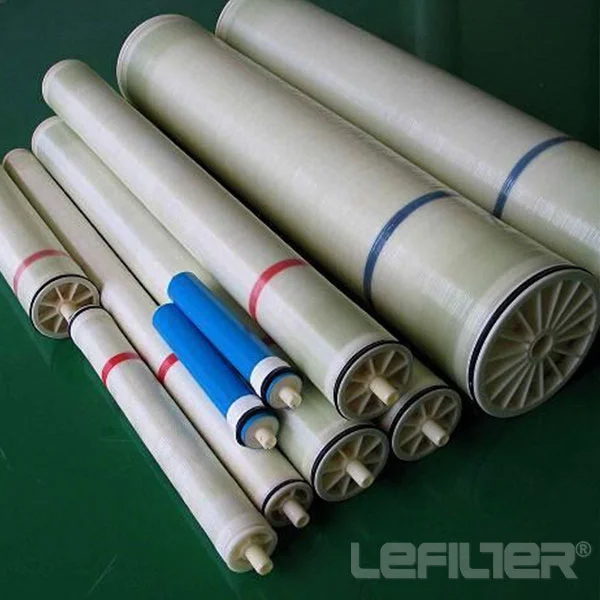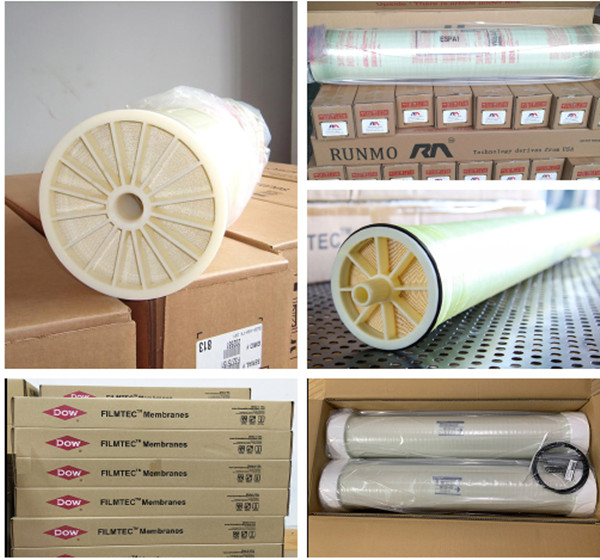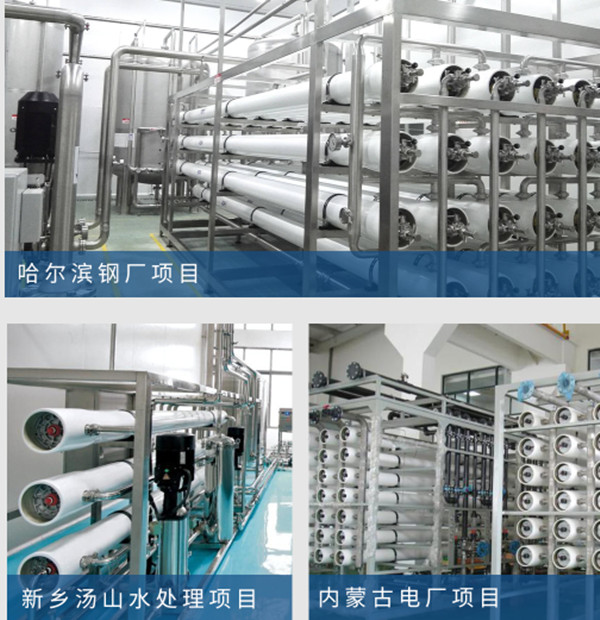2022-09-27

The difference between RO reverse osmosis technology and ultrafiltration membrane technology
Water is the most indispensable substance for human beings. In order to prevent water pollution from affecting the safety of households and businesses, many households and businesses have installed water treatment equipment. So what is the difference between RO reverse osmosis technology and ultrafiltration membrane technology? Woolen cloth?
1. The difference in technology
The biggest difference between RO reverse osmosis technology and ultrafiltration membrane technology is the filtration accuracy. The former has a filtration accuracy of 0.0001UM, and the latter has a filtration accuracy of 0.001UM.
2. the principle of filtration
RO reverse osmosis filtration principle: reverse osmosis is to use enough pressure to separate the solvent (usually water) in the solution through a reverse osmosis membrane (a semi-permeable membrane). The direction is opposite to the osmotic direction, and a pressure greater than the osmotic pressure can be used. The reverse osmosis method is used to separate, purify and concentrate the solution. Using reverse osmosis technology can effectively remove impurities such as dissolved salts, colloids, bacteria, viruses, bacterial endotoxins and most organic matter in the water. The main separation object of the reverse osmosis membrane is the range of ions in the solution, which can effectively remove salt in the water without chemicals. The salt removal rate of the system is generally above 98%. Therefore, reverse osmosis is the most advanced, energy-saving and environmentally friendly desalination method, and it has also become the mainstream pre-desalination process.
The principle of ultrafiltration membrane technology: the sieving process of the ultrafiltration membrane uses the pressure difference between the two sides of the membrane as the driving force, and the ultrafiltration membrane is used as the filter medium. Under a certain pressure, when the original liquid flows through the membrane surface, the surface Many densely packed tiny pores only allow water and small molecular substances to pass through and become permeate, while substances in the stock solution whose volume is greater than the pore size of the membrane surface are trapped on the inlet side of the membrane and become a concentrated solution, thus realizing the treatment of the stock solution. The purpose of purification, separation and concentration. There are about 6 billion 0.01 micron pores on the wall of each meter-long ultrafiltration membrane filament tube. Its pore size only allows water molecules, beneficial minerals and trace elements in the water to pass through, and the smallest bacteria have a volume above 0.02 microns. Therefore, bacteria, as well as colloids, rust, suspended solids, silt, and macromolecular organic matter that are much larger than bacteria can be intercepted by the ultrafiltration membrane, thereby realizing the purification process.
3.the characteristics of the two type
Features of RO reverse osmosis technology: Because RO reverse osmosis equipment does not require heating, has low energy consumption, continuous and stable operation, small size of the equipment, simple operation, strong adaptability, and no pollution to the environment, it gradually replaces the traditional ion exchange process. The BSWRO series reverse osmosis device is designed with special RO technology, the key component is the pump, the technology is not only advanced, but the product quality is reliable, the expandability is strong, the structure is reasonable and the area is small, the water utilization rate and the product life are well balanced, and the energy consumption Low, fully automatic operation, simple operation and maintenance.
Technical characteristics of ultrafiltration membrane:
(1). Good hydrophilicity;
(2). High filtration accuracy;
(3). Good mechanical strength;
(4). Long life and strong anti-pollution ability;
(5). Stable product performance.
